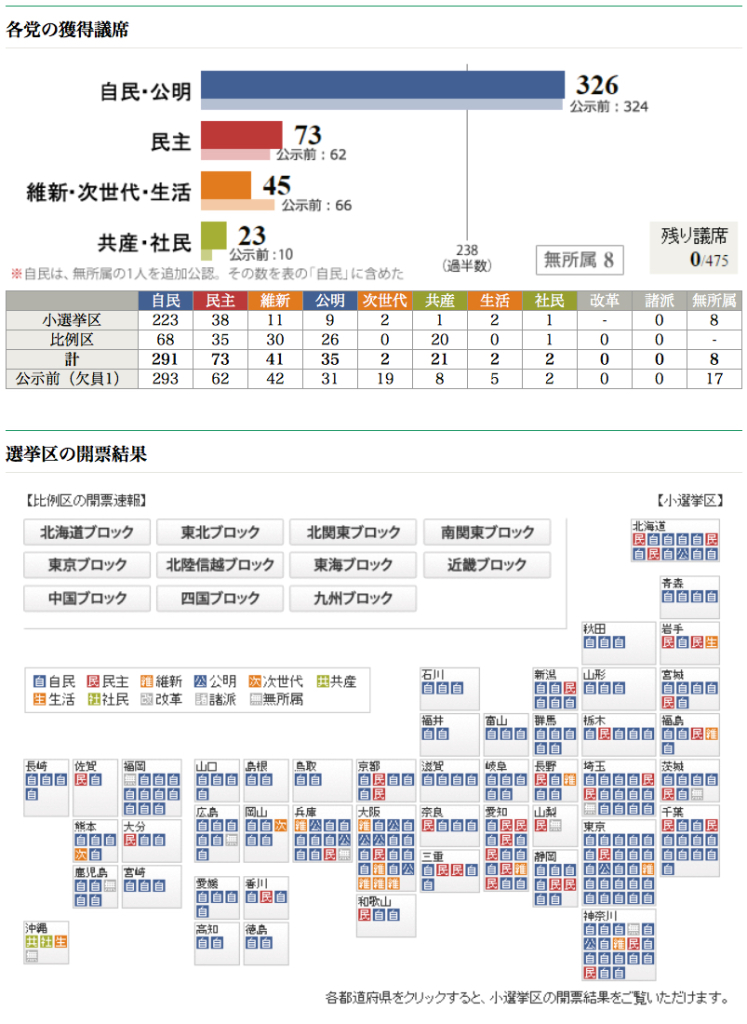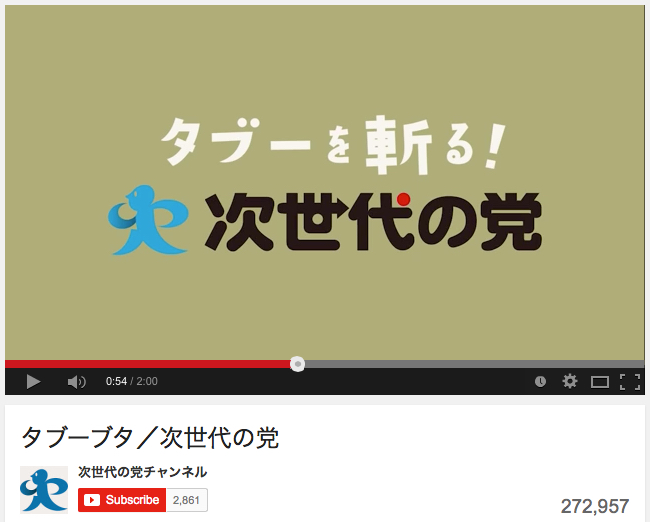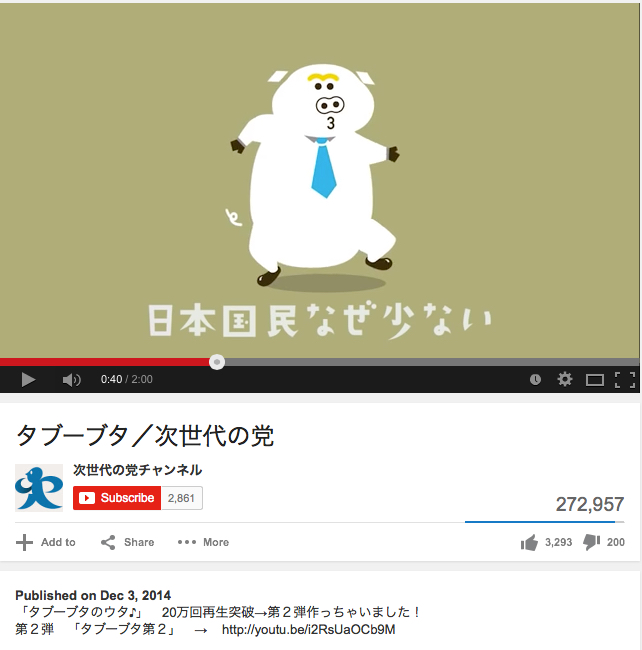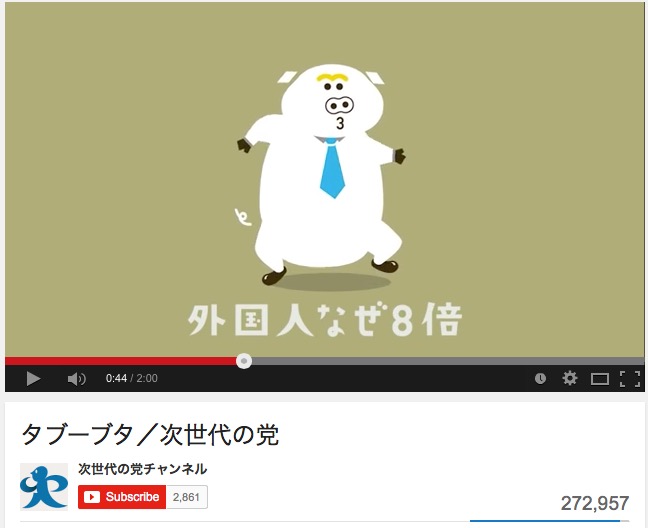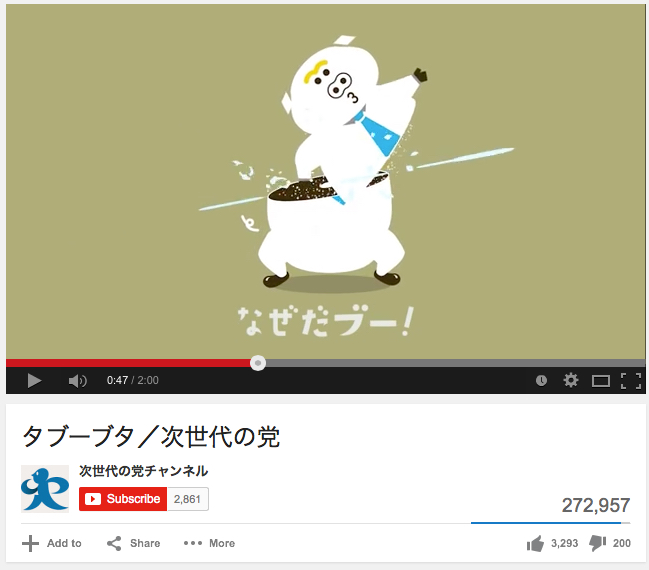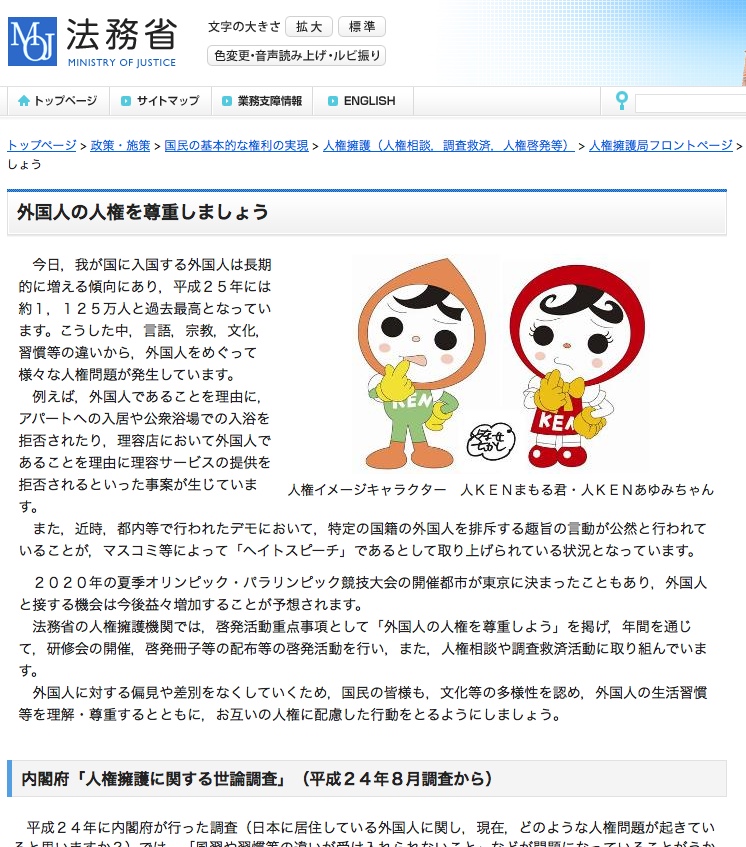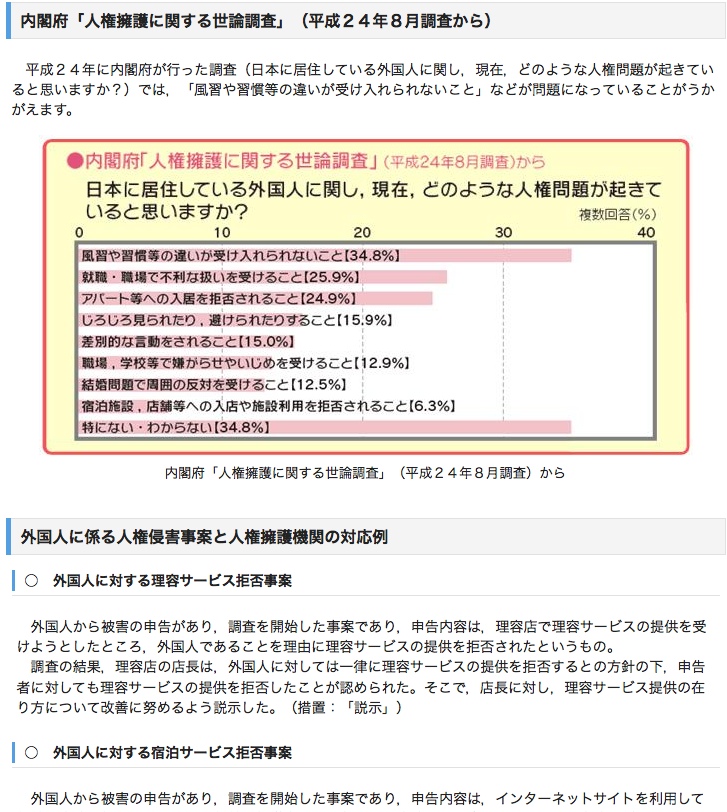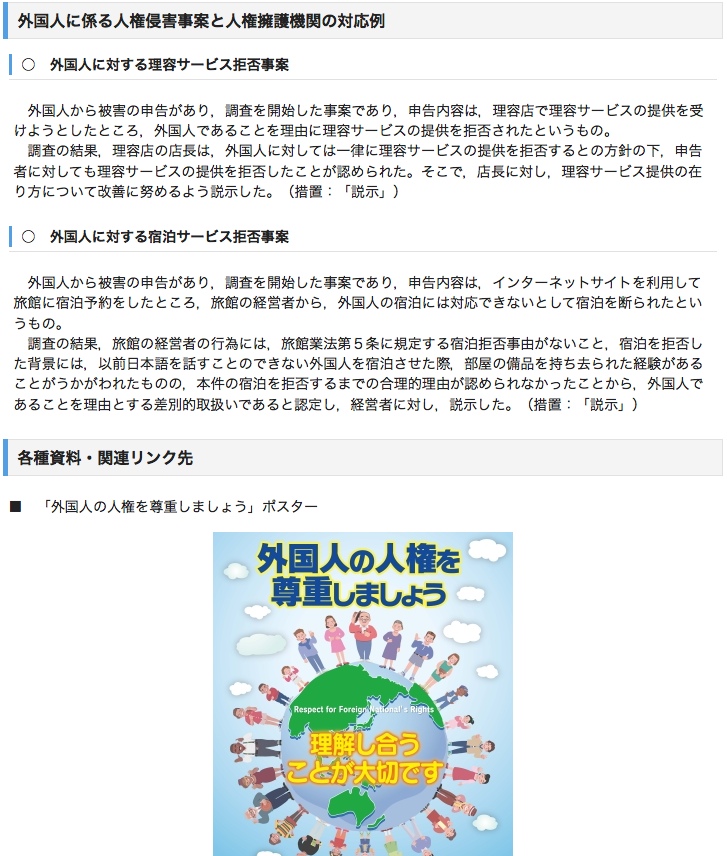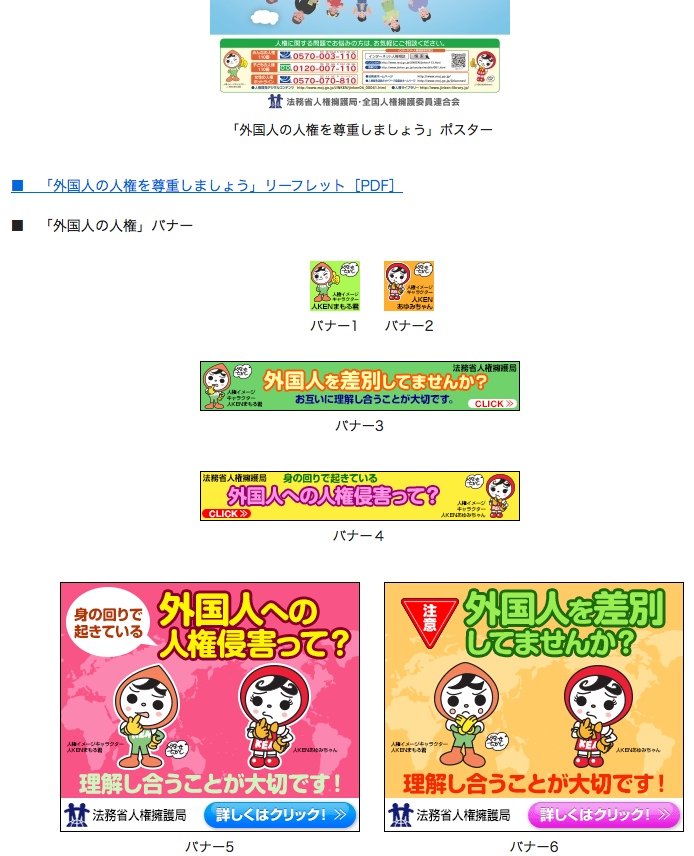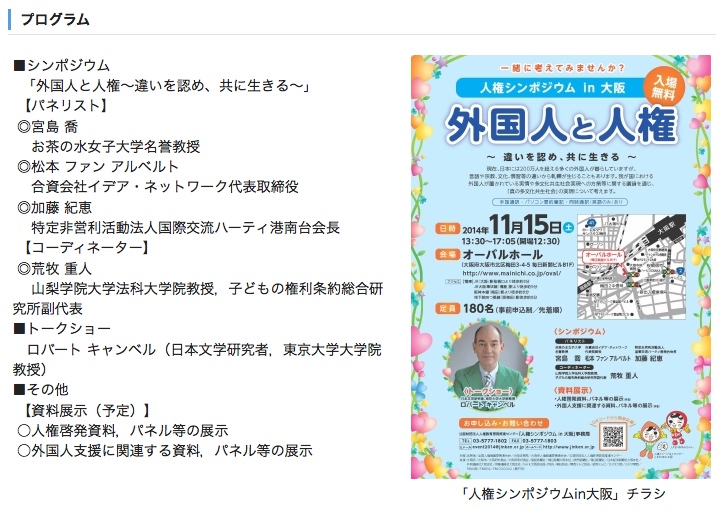mytest
eBooks, Books, and more from Dr. ARUDOU, Debito (click on icon):
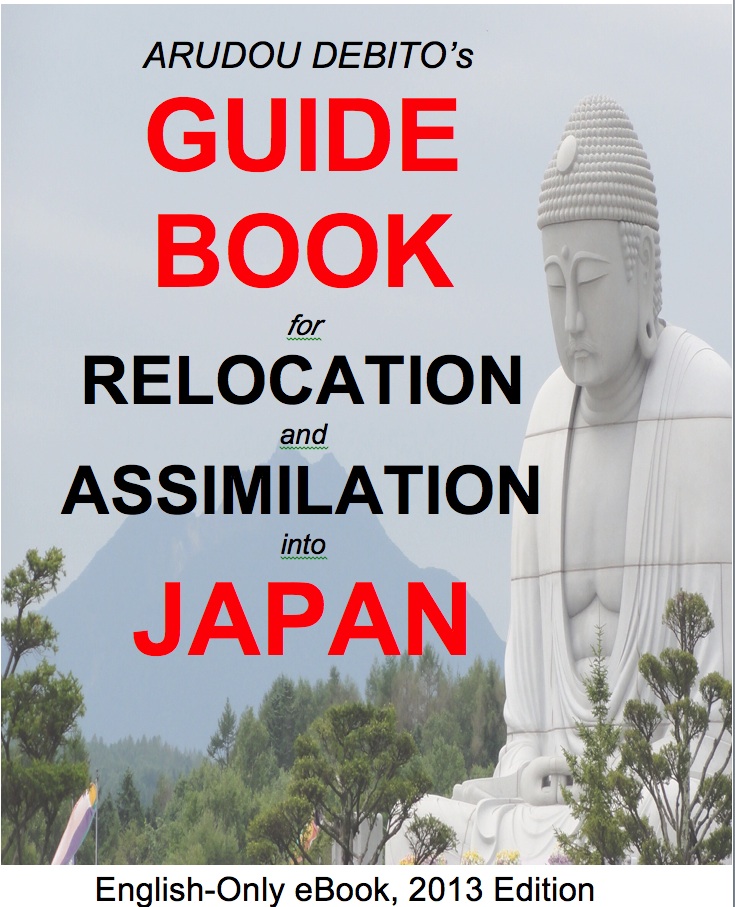
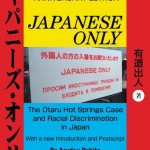
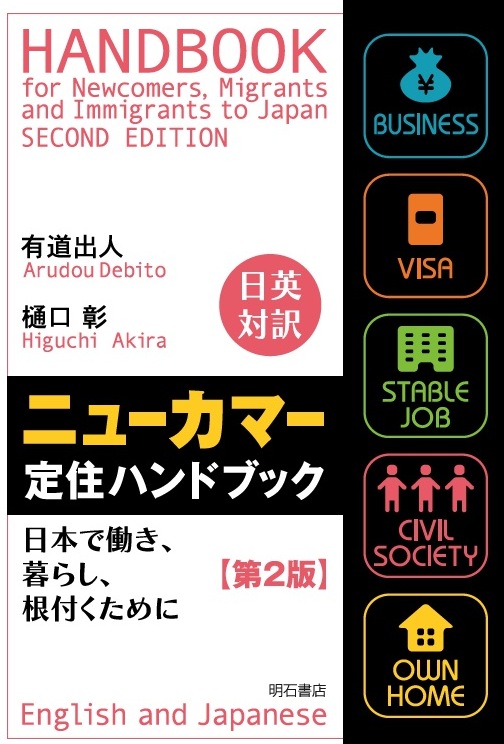
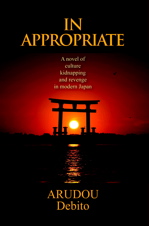

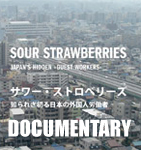


UPDATES ON TWITTER: arudoudebito
DEBITO.ORG PODCASTS on iTunes, subscribe free
“LIKE” US on Facebook at http://www.facebook.com/debitoorg
http://www.facebook.com/handbookimmigrants
https://www.facebook.com/JapaneseOnlyTheBook
https://www.facebook.com/BookInAppropriate
If you like what you read and discuss on Debito.org, please consider helping us stop hackers and defray maintenance costs with a little donation via my webhoster:

All donations go towards website costs only. Thanks for your support!
Hi Blog. A couple of weeks ago, shortly before bedtime when I was tired and on vacation, I tossed off a blog entry on Debito.org about my recent experience with what I considered to be racism towards me at a Canadian bank for not having a passport that matched the bank teller’s expectation of phenotype. In other words, the teller said my having a Japanese passport was “funny” to him, as I didn’t “look Japanese”.
This was quickly dealt with in a way that I had never seen done in, for example, Japan (where this behavior would in my experience be explained away as a cultural misunderstanding, oversensitivity on my part, etc.). In Canada, the manager intervened, and (unbeknownst to us at the time) sent the teller home. The manager, who happened to be a minority in Canada, then said he well understood my distaste for identity policing of this ilk. In sum, the blog post was to give kudos to Canadian society for stopping this sort of thing in its tracks.
I had thought this was a pretty summary case, and wrote it up as such. However, I had no idea that it would blow up in my face.
So much so that I had to add an addendum to the post from a person accompanying me to that bank, filling in a number of things I hadn’t bothered to mention — such as the fact that we called the manager because we had a separate issue of business that needed a manager’s attention, and the teller in fact interfered with that request, and more. (I encourage people who haven’t read the original Debito.org blog entry to go here and do so before reading further. In fact, sorry to do this: since I don’t want to just rehash the debate below, comments that don’t reflect a careful reading of that post and the subsequent text will not be allowed through.)
This blog post is to archive the essence of a very informative discussion on my Facebook that was occasioned by this blog entry.
The discussion cleaved into several quite distinct camps, essentially:
- Support for what I did.
- Criticism for my overdoing it — surely this could have been handled better by me, e.g., by deflecting it with a quick explanation of my background or a bit of humor.
- Disbelief at my inability to use common sense: To them, of course I don’t “look Japanese” (especially in a society with so few Caucasian Japanese), so my apparent expectation of the teller’s lack of surprise is unreasonable.
- Anger (especially from Canadians) of my acting like a typically-loud and conflict-encouraging American in Canada.
- Disgust at my acting so atypically Japanese that I no longer qualified as a Japanese in that person’s eyes (and that was it for us: Unfriended. Anyone who says I’m not “Japanese” because I don’t look or act “Japanese” in their view is neither a friend nor a person I care to talk to again. That’s taking the identity policing too far. After all, I could have committed a murder, and that would not have disqualified me — since some Japanese people murder, and don’t lose their “Japanese” status; my objecting to a teller’s inappropriate statement is somehow worse than that?)
- Outrage towards my victimizing the teller (who as, I pointed out in my blog post, I deduced to be of native Korean background). To them, I was oblivious towards my White Privilege in a White-majority and White-dominated society.
The most articulate proponent of Camp 6 was a person I will call JG, and he posted a comment so well-argued that I thought it worth archiving in full at Debito.org. I answered it after a few days (again, I had a number of other commitments while on vacation, and didn’t want to just toss something off again), but here it is:
(N.B. There is one more bit at the very end, after JG’s and my exchange, where I essentially capitulate and agree that I overdid it this time. Do read to the bottom if you’re convinced that I never admit I’m wrong.)
/////////////////////////////////////////////
Debito: Hi Everyone. At long last, here is my reply to JG essay. I am sorry for taking so long — these things take time to compose, so thank you for your patience. For completeness’ sake, I will quote it in full with my answers after each one of his paragraphs:
JG: Sorry, this smells of white-privilege, dude! You get to be white AND Japanese! You’ve taken this TOO far! […] I mentioned in another sub-thread that your actions smacked of “white-privilege”, but I think that you missed my point, or choose to ignore it, which is a very symptom of said privilege. What I mean by “white-privilege” in this context is that when one speaks about discrimination, one cannot ignore the part that power plays in the situation. In this case, you are in Canada, NOT in Japan, so the context of power changes. In Canada, you are perceived as WHITE, which in North America is the gold-standard (it is also the case in Japan, but that is another discussion). People who are perceived as White have certain advantages that others who are not perceived as White. Please note that I am not talking about ethnicity or culture here, but the socially-constructed notion of RACE that is defined primarily by stereotypical physical attributes and phenotypes interpreted through the lens of the observer. So while you may “feel” that you are Japanese, others will see you as WHITE; and this is especially salient in the North American context where being labeled as WHITE affords you privileges not afforded to others, even though they may be citizens through birth or naturalization.
Debito: I do not dispute either in concept or form the existence of White Privilege. I acknowledge that being White has assisted and does assist me and others who look like me from society to society, and that the treatment of people deemed to be “White” by society provides systemic advantages in societies that are both White-majority and Non-White-majority dominated. And I acknowledge that people will see me as “White” anywhere I go.
Where you and I part company in this paragraph is my wish to be White AND Japanese. I do not believe that they are (or should be) mutually exclusive. Just as Japanese themselves in Apartheid South Africa successfully lobbied to be Japanese AND “Honorary Whites” under the law. And this was not a case of naturalization in the ASA example, either. My being naturalized as a Japanese gives me even more standing to claim that I am Japanese AND White; I’ve earned this qualification through decades of study and self-education, acculturation, time spent in and contributions to Japanese society, dedication and sacrifice (including my American passport and even my very name), and close scrutiny by the Japanese government of my “Japaneseness” in ways not seen in other countries’ naturalization processes. I am certifiably Japanese because the Japanese government says I am, and they gave me a tough test to prove it.
Moreover, I am not willing to have my identity policed by others, unaware of this degree of dedication, into being Japanese BUT White anywhere I go. I am a Japanese, full stop. As are my Japanese children, full stop. As are yours, full stop. Regardless of how our children look, anywhere in the world, they are ALSO Japanese. It is up to us to claim that for ourselves and them, and not succumb to the majoritarian identity policing that goes on everywhere. Otherwise we’d still have people saying in other societies that they were not “real” members of (insert society here). This must stop, as borders nowadays with international migration and immigration are porous like never before. I believe that introducing White Privilege into the mix here distracts and detracts from the main issue, which is: self-identification. I believe that a person has the right to shape and control their own identity, and claim it when necessary without being unduly accused of an abuse of social power.
JG: Now, in consideration of the above, can you see how YOU were the one with the power in this exchange? Sure, the statement that the guy made may have been insensitive or, giving him the benefit of the doubt, he may have not experienced a “white” person who identified himself as part of a group that has been historically “non-white”, especially when identifying as “white” affords so much advantage and social capital. Also, considering that he himself was a visible minority, might take a bit of offense to someone with such obvious social advantage, identifying himself as a part of the Asian community. In other words, “Why is this White guy trying to be like us? Is he trying to appropriate our culture like the other whites in the past took the land, culture, and livelihood during colonization?”
Debito: Yes, now let’s talk about the power relations here in this particular case regardless of self-identification. You made the case that I, as a White person, had the power in this relationship. That could very well be the case, and I won’t deny it as a possible factor. (Not mentioned is that I also had the power in this relationship as an account holder and a customer.) He was no doubt surprised by a person like me having a passport like that (I don’t blame him for that — it’s an understandable reaction). And his reaction was probably innocuous and not ill-intentioned. All agreed so far.
That said, the issue in this situation I believe is the remark he made. If the teller had also been identifiable and self-identified as “White”, I would have reacted the same way to this social othering. It doesn’t matter what the teller’s background is: It’s an inappropriate remark.
Where we part company further is in seeing everything revolving around a person socially-identified as “White” as riddled with White Privilege that is actually being enforced consciously or unconsciously. My existing as a White Japanese possibly (as you argued) being seen as an appropriator of his culture is his baggage. And if he wants a job dealing with people in a customer-client relationship, he must lose that baggage, or at least not act or remark on it — just as anyone “White” who has to deal with any Visible Minority must lose their personal baggage, as part of company policy as a company representative.
Whether or not that baggage can ever be properly “loseable” is something we can debate (I also concur that racialization processes make that impossible to reduce to zero), but I don’t think its existence should be used as an excuse to empower hypocrisy. By that I mean, if I can’t do it to him, he can’t do it to me. And to imply that he can just because I’m apparently White and he’s not is unduly switching the victimization. That goes for anywhere that has any claims (including the Non-White majoritarian societies) to having anti-discrimination rules and practices.
(Further, if legacies of colonization that you brought up were an issue for this gentleman, the Japanese colonized Korea, so Whiteness is quite probably not a factor in this.)
If the very sight of me somehow, as you put it, “offends” him (which I think is unlikely, but that’s how you couched this issue), I don’t think he should be doing this particular job. But anyway, I really don’t think that’s what happening here. I’m sure he’s a fine teller that just let his tongue slip and vocalized the first thing that popped into his head. You can make the case that I overreacted to it (and I’m fine with that interpretation), but to say that I victimized him just because I happened to be White and he didn’t is in my opinion, in this case, a stretch.
JG: Regardless of what was going on in his head (because it is impossible to know), the facts as you have stated yourself, are that despite his initial shock of finding out that you were “Japanese”, he STILL provided you with service and did not challenge your identity in any meaningful or legal way that denied you anything; which is what TRUE discrimination is. As we understand it, you were not refused or denied service, you were not suspected of misrepresentation or of being a criminal, and the authorities were not called. It only seems that your feelings were hurt because this guy could not immediately recognize from your appearance that you were Japanese (or part of the larger imagined Asian community). And your response to this, instead of using this opportunity to educate him of the larger, diverse, growing imagined Asian diaspora to which you seem to be laying claim; and maybe making an ally in the process; you go for the nuclear option and call his boss on him, claiming “racism”!
Debito: Quite so. This is the better case to make that I overreacted, and, again, that interpretation is quite solid. He did not deny me service (although, as my accompanying eyewitness attested, he did interfere with us seeing the manager — but this information came later and you couldn’t have known it; you later still doubted I my second eyewitness was telling the truth, but more on that later).
However, let’s at least admit that he did deny me a comfortable space for doing business as a customer by socially-othering me. People may say that they wouldn’t react in the same way (that’s their prerogative, of course). Maybe that comment wouldn’t even make them personally uncomfortable. But again, I say, how much of this do you tolerate before you say enough?
One of the issues I have had to deal with just about every day no matter where I go in the world is the natural curiosity about my background turned into vocalized judgment. Where are you from? “Japan.” (Or, “Born in the US, but lived in Japan” if I’m feeling chatty.) Common response: “But you don’t look Japanese.” Or, “Interesting last name, where’s it from?” “Japan.” (Or some more elaborate variant.) “But you don’t look Japanese.” Customs official whenever I cross a border (except, amazingly, in Canada or Japan): “What’s with this Japanese passport?” “I’m a naturalized Japanese citizen.” “But you don’t look Japanese.” And that’s the milder version (at the Jamaican border they actually took my passport to their back room and had a laugh at it), before the Americans in particular render me to Secondary for a few hours’ of wait and inquisition until I miss my flight. I’m serious. Just saying “It’s a long story,” just doesn’t cut it, having to “school” everyone on a daily basis gets tiring, and having to bite my lip through a number of these intrusive and humiliating situations leaves a psychological mark after a while. It causes “triggers”, and that’s what I think was at play with this teller in Canada. That’s why I’m such a big fan of microaggressions as a social diagnosis — I face them every day and know the signals for my situation inside and out.
You might say I got myself into this situation by naturalizing into a country where there are few Non-“Asian”-looking citizens. Fine. But I’m not a unique case. What do you do when it starts happening to your Japanese kids who don’t look so-called “Asian”? How will you react the hundredth time (or the fifth time in a day): “Oh, what cute gaijin kids!” And will you stand by when people doubt your kids’ identity as they grow older and start dealing with society’s veto gates? Alienating comments like these between individuals are not something you can do much about. But these alienating attitudes being expressed in a corporate or official capacity should not happen. To anyone.
Further, as I have said before, I was not in the bank that day to school the teller. That’s not my job. Just like it was not my job to correct everyone’s English everywhere, anyplace, when I was an English teacher. My job is to complete the transaction and get on with my day, and I’d like that to happen without having to deal with vocalized prejudice.
JG: Please do not get me wrong, as a permanent resident of Japan for almost 18 years with a Japanese wife and child, as well as considering Japanese citizenship myself, I understand that if this happened in JAPAN, one MIGHT understand the desire to call the boss in. However, this happened in CANADA, NORTH AMERICA! Why would you hold the same standard of being treated as a Japanese to a person who is not Japanese, in a place that is NOT Japan?
Debito: Sorry, we’re not going to agree on this, but I don’t believe this should happen anywhere regardless of whatever humans we’re dealing with, or what “race/ethnicity/group/etc.” is dominant in a society. That includes Japan, Canada, wherever. When it happens to you as a Japanese citizen enough times, you might react differently. I don’t know you and I’m not sure, of course, but you don’t know me either, and I wouldn’t be so summarily dismissive of my position (and just put it down to “White Privilege”) when you’re not in it yet.
JG: The most critical point to my argument is this: YOU were the transgressor in this situation, NOT the teller. I am sure that the boss took your complaint seriously, openly scolded the teller, and summarily dismissed him in your presence; but guess what? It wasn’t because you were JAPANESE, it was because you were WHITE! You were in a bank in North America, where white people have social advantage due to physical attributes that are interpreted by the majority as being advantageous, where the system is tilted more to the side of said people, and where visible minorities have historically (and are still) at a disadvantage.
Debito: You might be right that I got preferential treatment because I’m White, I don’t know. But I rather doubt it in this case. Remember, you’ve got the facts of the case wrong (and wouldn’t believe further testimony): 1) the teller was not dismissed in our presence (he was after we left the building the first time), 2) we didn’t ask for the sanctions that he got (in fact, we didn’t ask for any sanctions at all), and 3) we would not have even KNOWN that those sanctions had happened if we hadn’t gone back and talked to the manager (meaning his sanction was not done for our benefit to curry favor with the White privileged). Moreover, 4) if White Privilege was a factor, wasn’t the fact that the manager was a minority himself in a position of power have any bearing here? Might one not be able to make the argument that since both the teller AND the manager were minorities in Canada, that they might have banded together to protect each other against the White Privilege? I don’t know. But I can’t conclude definitively that White Privilege was at play here, and I hope that you won’t simply say, “You can’t conclude because you’re White.” The evidence just isn’t conclusive either way.
JG: I notice that you have fallen in love with the term “microaggression” in your writings and I would like to say that your understanding of the term falls extremely short, and this situation is stark evidence of it! Again, as as WHITE person, no, better yet, a WHITE MALE in North America, who (whether you are aware of it or not) has social capital and power afforded to him by his physicality, you basically bullied a visible minority Korean-Canadian into accepting the way YOU see the world and you possibly endangered his carreer and future job prospects! How can you call yourself a crusader for visible minorities when you used your WHITE-PRIVILEGE to take the livelihood of a person with less power than you over a simple comment?!?
Debito: I think the bank was the one who told the teller how the company sees the world and how he should represent the company, not us. I know, you’ll couch it as the bank trying to appease the Dominant Whites, but I think this would have happened to any teller of any background who said this. Agree to disagree.
Also, I somewhat doubt this teller’s career is in danger, and I base this on a conversation I had with another Canadian manager friend I consulted with two days ago who has experience in these customer-service situations. Although my friend would not have taken the measure of sending the teller home (and he doubts that it involved a day without pay, either), he said that after a reprimand and a promise not to do it again, this would be seen as a teachable moment and forgotten shortly thereafter as long as it didn’t happen again. He strongly doubts that there would be any career endangerment.
Of course, this is all speculation. But so is the speculation about career endangerment, as is the speculation that White Privilege was involved here. We simply don’t have enough data about the event to say definitively what power relations were at play.
JG: And since you tend to use personal anecdotes as “facts” for your arguments, allow me to follow suit: I am a Irish-Scottish-Chickasaw-Chotaw-Jamaican-African American. I am most often identified as “black” by others (although I have been called Indian, Arab, Mexican, or just “foreigner” in my time in the US) mainly due to skin color. When I go back to the US to visit, I shop with my Japanese credit card and sign the card in Japanese because that is the name I use in Japan. I almost ALWAYS get looks when I do this, just as I do here in Japan. Both here and in other countries I sometimes even get, “Are you SURE this is your signature?” and I simply reply with a matter-of-fact, “Yes” or “Sou desu”, for whichever the situation calls. I do not call for a manager and complain as it is not necessary. I know that you are more Japanese than I am, but from my understanding, the prevailing culturally appropriate attitude for most Japanese is to avoid conflict when at all possible.
Debito: Okay. That’s how you deal with it; I respect that. Not necessarily how I would always deal with it. Perhaps you think we have different coping strategies because you are seen as “black” and I am seen as “white”. Perfectly feasible. But saying that I can’t react a certain way because I’m seen as “white” is a bit disempowering when facing discrimination. I’d rather deal with discrimination using ways granted to us as human beings within a society by the law, regardless of my (or anyone’s) skin color.
JG: Now imagine that I, as a “black” person, reacted the way YOU did at the bank in Canada. Do you honestly believe that I would be treated with the same respect? Well, in Canada, maybe. But in the US, it could very well turn into a story on the evening news! Let me give YOU a teaching point that you failed to give the Canadian teller: Visible minorities go through this ALL THE TIME! When a black person experiences and awkward moment or a “mistake” happens, we always have to question whether it was just an innocent misstep or was there actual discrimination going on. Where the PRIVILEGE comes in is that you, as a WHITE MALE, you have the freedom to question and complain, while a black person risks being called “ghetto”, “uncivilized”, or “an angry black man”! Your white-privilege shelters you from this reality. I am not blaming you for it, but as a so-called social activist you should be aware of it!
Debito: I see your point very well. I am aware that Visible Minorities have had (and still have) it pretty rough in various societies, and that Whites have had it pretty damned good for centuries. I would hope that if a person identified as Visible Minority in any society had this happen to her/him, that they too would stand up for themselves as I did, regardless of the social opprobrium and unfair facile labeling that frequently befalls them. That they have done so bravely for so long is inspiring and instructional, not to mention progressive. But clearly the “White Privilege” really hasn’t shielded me this time, in this discussion. Nor has it shielded me over the years, as people have seen me as the “outraged man tilting at windmills” etc., and assumed that just about everything I do is something I do with anger and out of anger etc. (See examples of criticism at https://www.debito.org/?p=12274, and proof of my style of activism at https://www.debito.org/?p=13365). Anyway, your point about having to question whether it was an innocent misstep or actual discrimination going on is well taken.
JG: It is natural for people culturally, socially, and economically “double-dip” if it is advantageous and if they can get away with it, but PLEASE do not insult the intelligence of the people here by telling us that you are “doing it for the greater good” and “doing it for us”!
Debito: Did I tell you that? Are you quoting me? I’ll answer that: No. I did not say that. Please do not cite things I did not say as some kind of evidence.
JG: I know by telling you all of this, I run the risk of being blocked and unfriended, as you have demonstrated by doing it to others who disagree with you. This is why I find your earlier comment about how society and the law agrees with you very ironic, since you quite liberally exercise your power to divorce yourself from dissenters. However, I hope you choose not to, as I hope that we can learn more from one another though this exchange.
Debito: No, you did not run the risk of being blocked for telling me all this (in fact, as I’ve said repeatedly, it’s a very thoughtful, well-crafted, earnest essay; thanks for it). What I do block people for is for being abusive. You were not abusive here. You were abusive later, which is why I eventually blocked you, long after you refused my request for retracting the angry comments you made later:
(For the record, what I requested of JG: “I would like you to retract the statements you make above basically accusing me of lying about having another eyewitness to this issue, not to mention bad faith and profiteering. These: “Even if your “eyewitness’s” account of what happened is accurate”,” “dodge the issues by posting a mysterious anonymous eyewitness account and advertising your book”. “conveniently-timed “anonymous” eyewitness who refuses to be identified because you have “stalkers”” (I do have stalkers, JG). All of those statements are grounded in anger, not reason. If you cannot retract them, I cannot engage in discussion with you, as you seem unable to fundamentally trust me. Usually when somebody becomes this abusive towards me, I block and unfriend them. But your essay on White Privilege was earnest and thoroughly-argued enough to warrant a response, so I didn’t unfriend you. But after this subsequent unfair indictment of my character, motives, and my friend’s testimony, I do not feel as inclined to discuss until these are retracted. I want a civil discussion. These accusations are not civil. So please retract, or end of discussion with me.”)
If someone wants to forward this response to JG, go ahead. But I don’t think there is any room for discussion between him and me as individuals. As to the points he raises, I hope my attempt to answer them to all of you in a calm, reasoned manner will be seen as earnest and well-intentioned on my part. I apologize in advance for any blind spots I may have due to my personal background being raised and living in several racialized societies, but I hope that, as JG said, we can all learn from one another through this exchange. I know I feel I have. Thank you for reading and discussing. Debito
/////////////////////////////////////////////
Final thoughts from Debito:
One of the reasons I like having discussions like these, even those that sometimes bruise the Ego, is that they make me think and self-reflect, even help me lose some bad habits. The best comment came from a person whose tone of criticism proved his very point. From SMC:
========================================
SMC: You presuppose a lack of empathy on the teller’s part. But an awkward, inappropriate remark is not the same thing as a lack of empathy. I wasn’t there, so I cannot say anything about the tone, volume, etc., of the teller’s remark that might give me a better idea of the nature of the exchange between you and him.
But it would appear that you chose to respond to a perceived (and probably unconscious) lack of empathy by being consciously non-empathetic, and dealt with the situation in a legalistic, self-validating way.
The Buddhists have an interesting concept called “skillful means”; in other words, having the wisdom to know how to adjust one’s tactics to make one’s point in the most effective way possible.
In a legal/juridical context the kind of approach you took would be appropriate, but in this case it appears that you missed the chance to help educate and enlighten a fellow human being with a few well-chosen words. You’ll probably do better next time, friend.
Respect, SMC
========================================
Yep, quite so. I admit that I overreacted, and in an unproductive way. I capitulate. Thanks to everyone who explained that to me so patiently. It eventually sunk in. Dr. ARUDOU, Debito





![]()





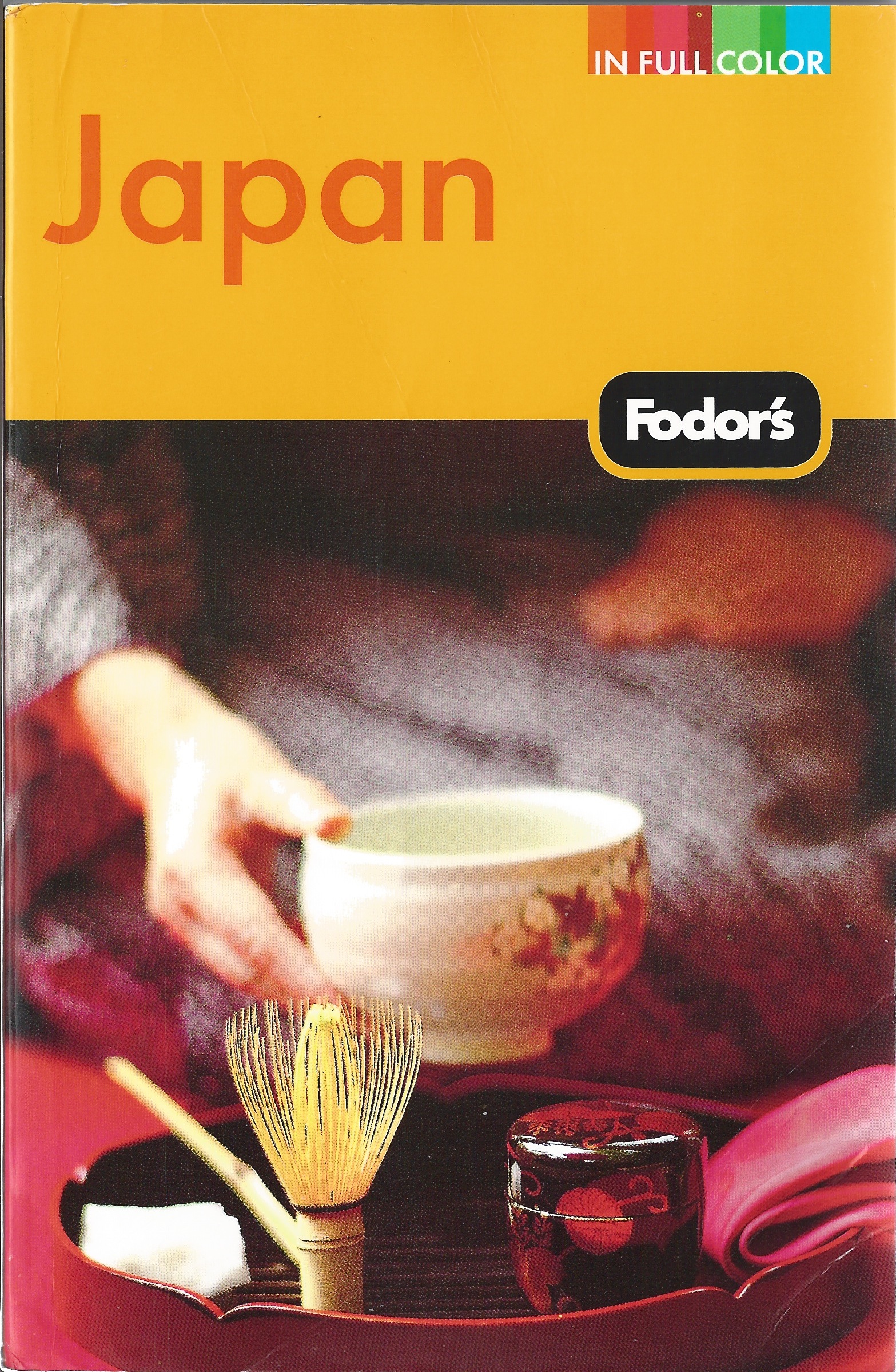

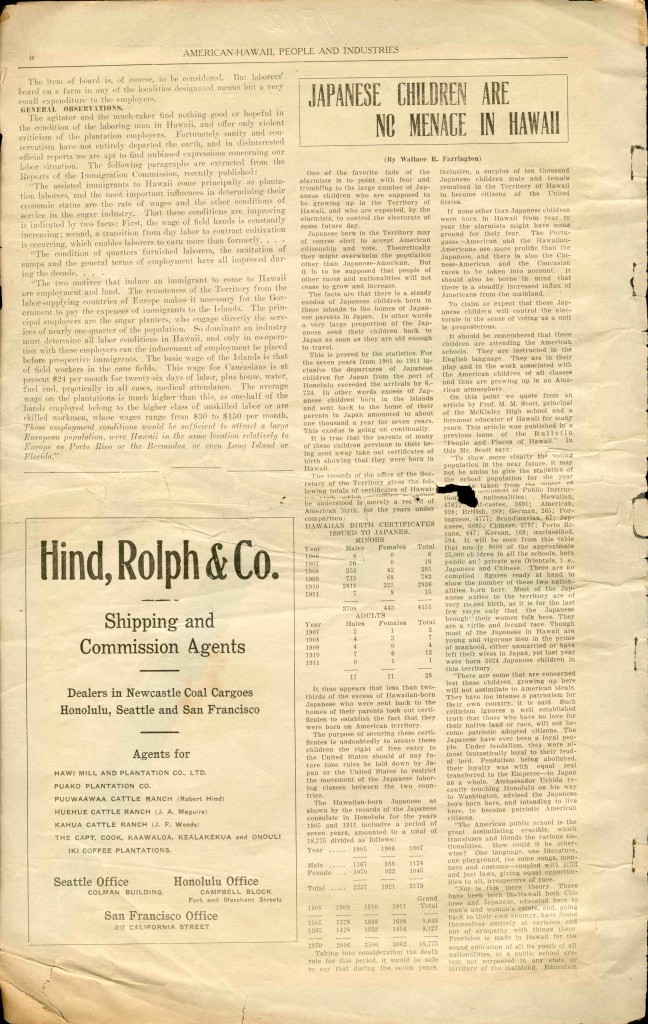

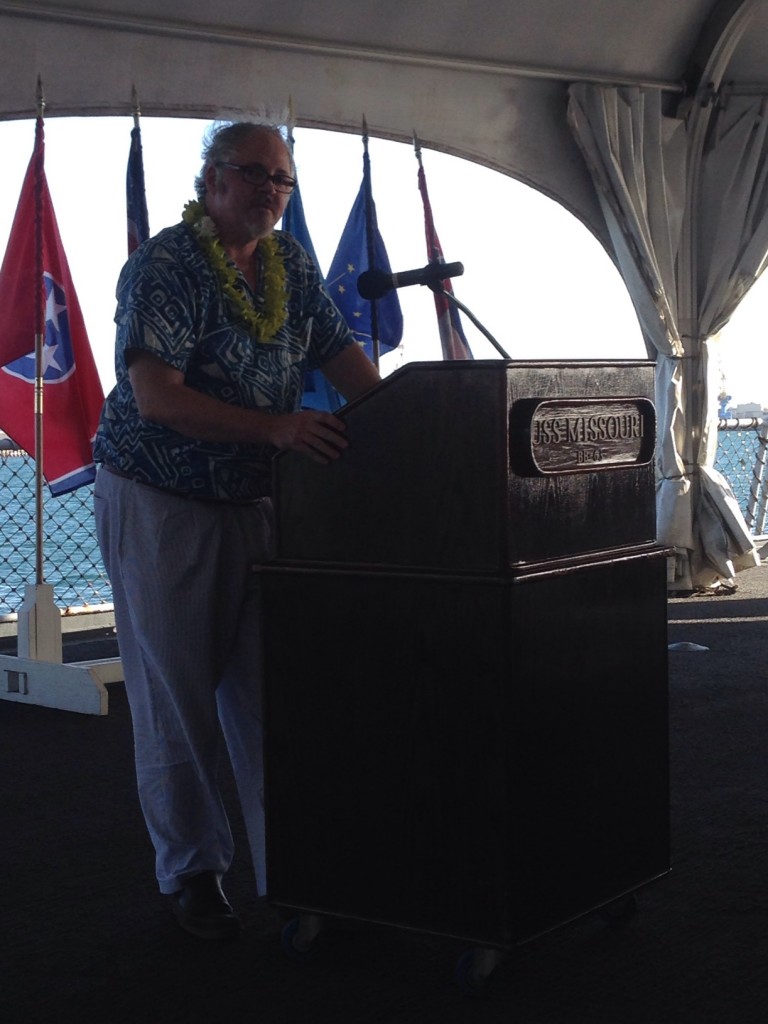
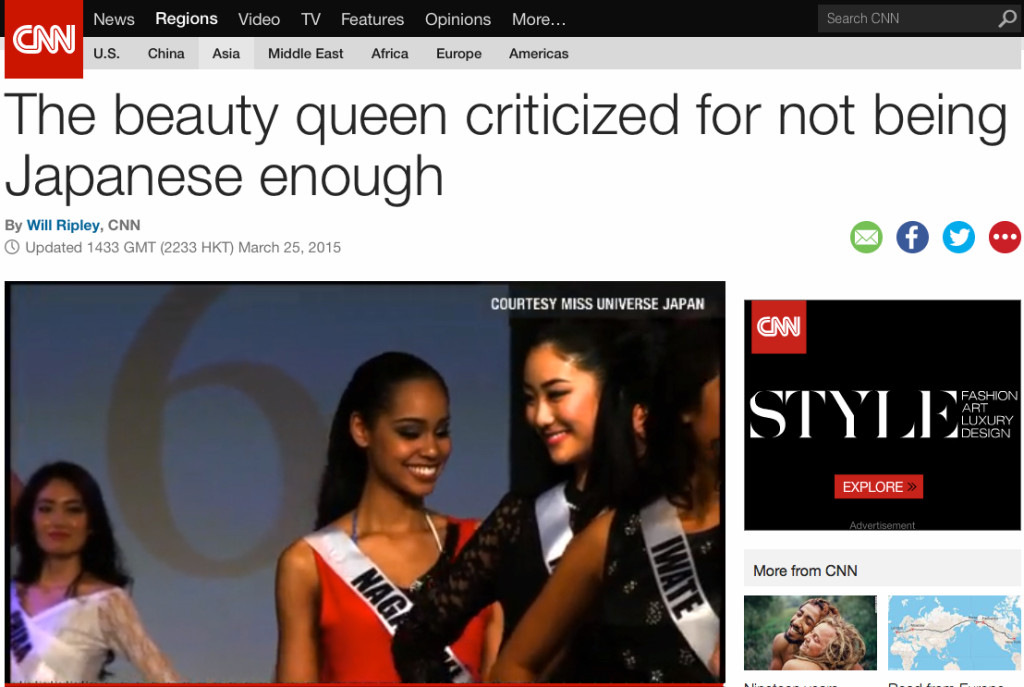
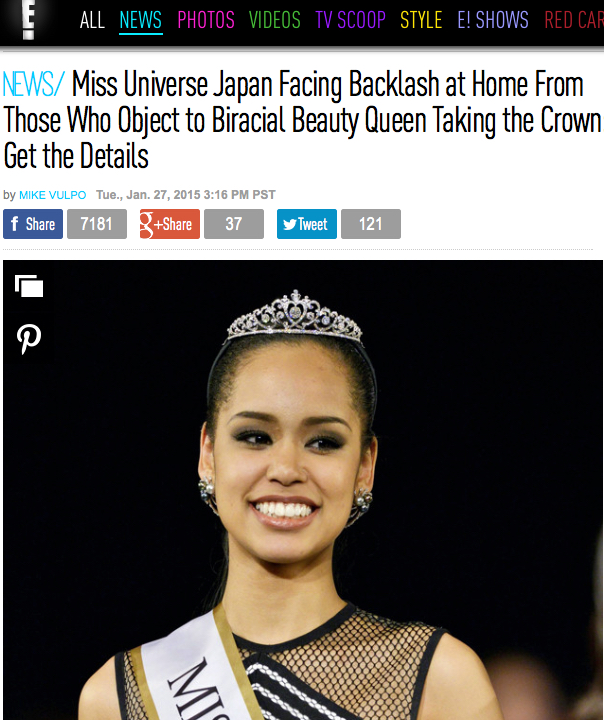
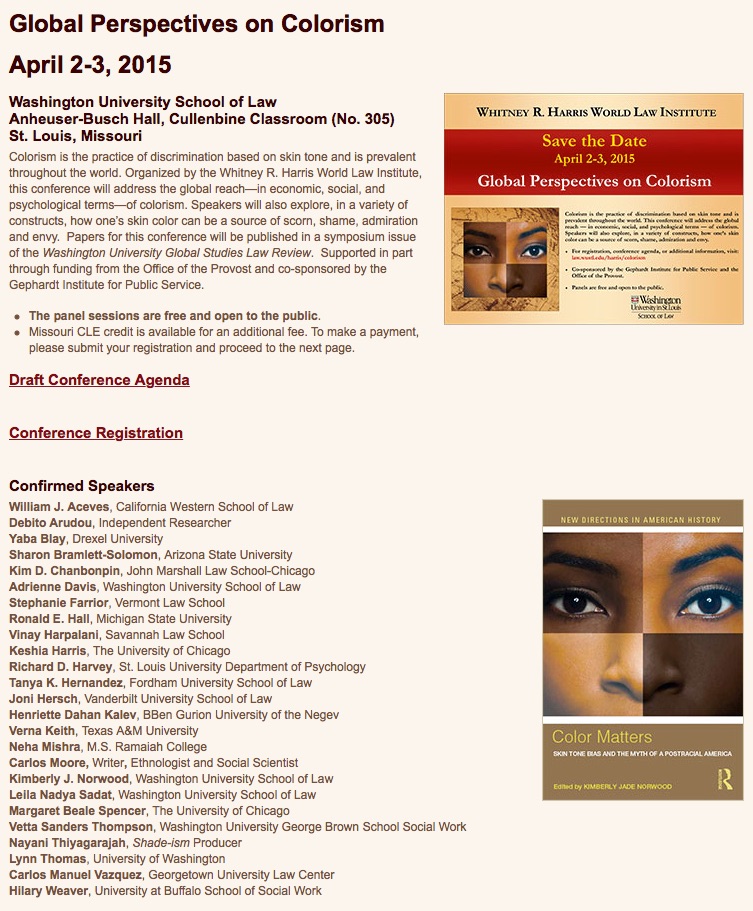
 Doo-what?: An image that went viral on the Internet shows members of male doo-wop group Rats & Star and idol group Momoiro Clover Z blacked up backstage during the filming of a show for Fuji TV scheduled for broadcast on March 7. | THE JAPAN TIMES
Doo-what?: An image that went viral on the Internet shows members of male doo-wop group Rats & Star and idol group Momoiro Clover Z blacked up backstage during the filming of a show for Fuji TV scheduled for broadcast on March 7. | THE JAPAN TIMES